#hindu mythology
Text
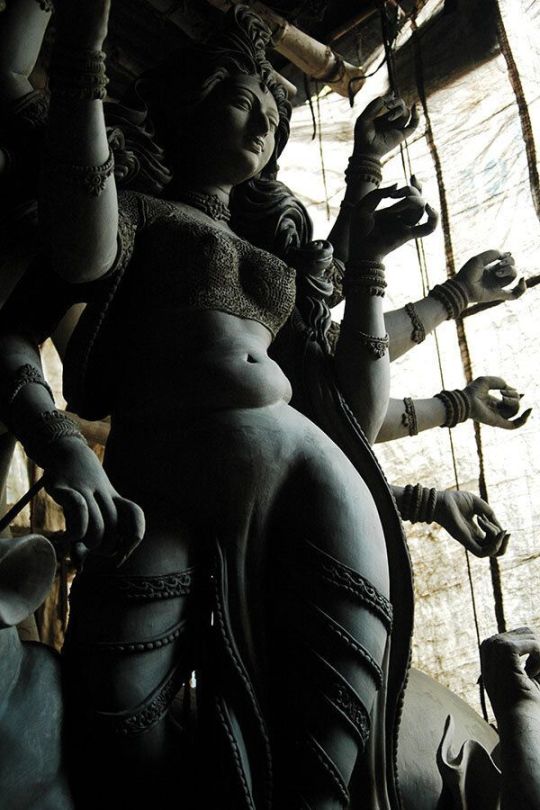
Kumartuli — Vikas Dutt
1K notes
·
View notes
Text
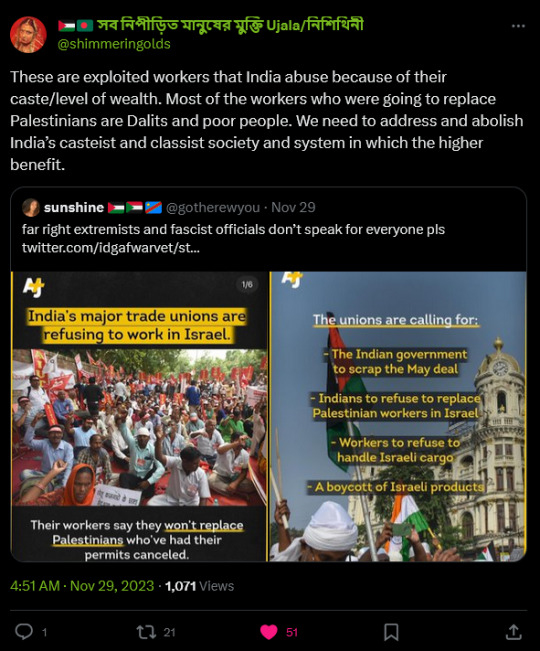
#support palestine#leftism#socialism#communism#anti capitalism#anarchy#ceasefire#current events#genocide#israel palestine conflict#israel politics#palestine#dalit#india#hinduism#vedas#sanatandharma#hindublr#hindu mythology#hindu calendar#hindustan#casteism#tweet#desi tumblr#desiblr
573 notes
·
View notes
Text
In addition to my Monkey Man post from earlier, the always kind & sweet Aparna Verma (author of The Phoenix King, check it out) asked that I do a thread on Hijras, & more of the history around them, South Asia, mythology (because that's my thing), & the positive inclusion of them in Monkey Man which I brought up in my gushing review.
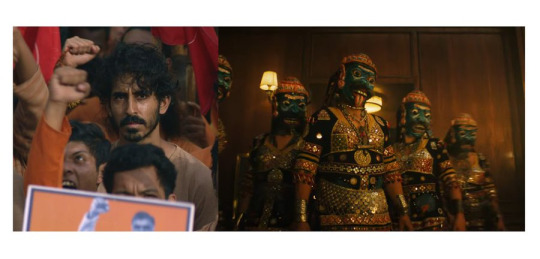
Hijra: They are the transgender, eunuch, or intersex people in India who are officially recognized as the third sex throughout most countries in the Indian subcontinent. The trans community and history in India goes back a long way as being documented and officially recognized - far back as 12th century under the Delhi Sultanate in government records, and further back in our stories in Hinduism. The word itself is a Hindi word that's been roughly translated into English as "eunuch" commonly but it's not exactly accurate.
Hijras have been considered the third sex back in our ancient stories, and by 2014 got official recognition to identify as the third gender (neither male or female) legally. Pakistan, Nepal, Bangladesh, and India have accepted: eunuch, trans, intersex people & granted them the proper identification options on passports and other government official documents.
But let's get into some of the history surrounding the Hijra community (which for the longest time has been nomadic, and a part of India's long, rich, and sometimes, sadly, troubled history of nomadic tribes/people who have suffered a lot over the ages. Hijras and intersex people are mentioned as far back as in the Kama Sutra, as well as in the early writings of Manu Smriti in the 1st century CE (Common Era), specifically said that a third sex can exist if possessing equal male and female seed.
This concept of balancing male/female energies, seed, and halves is seen in two places in South Asian mythos/culture and connected to the Hijra history.
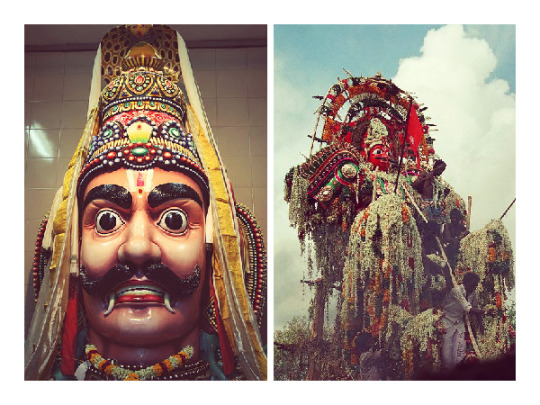
First, we have Aravan/Iravan (romanized) - who is also the patron deity of the transgender community. He is most commonly seen as a minor/village deity and is depicted in the Indian epic Mahabharata. Aravan is portrayed as having a heroic in the story and his self-sacrifice to the goddess Kali earns him a boon.

He requests to be married before his death. But because he is doomed to die so shortly after marriage, no one wants to marry him.
No one except Krishna, who adopts his female form Mohini (one of the legendary temptresses in mythology I've written about before) and marries him. It is through this union of male, and male presenting as female in the female form of Mohini that the seed of the Hijras is said to begun, and why the transgender community often worships Aravan and, another name for the community is Aravani - of/from Aravan.
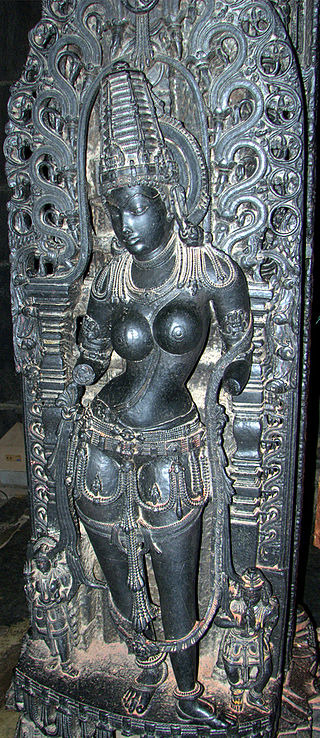
But that's not the only place where a gender non conforming divine representation can be seen. Ardhanarishvara is the half female form of lord Shiva, the destroyer god.
Shiva combines with his consort Parvarti and creates a form that represents the balancing/union between male/female energies and physically as a perfectly split down the middle half-male half-female being. This duality in nature has long been part of South Asian culture, spiritual and philosophical beliefs, and it must be noted the sexuality/gender has often been displayed as fluid in South Asian epics and the stories. It's nothing new.

Many celestial or cosmic level beings have expressed this, and defied modern western limiting beliefs on the ideas of these themes/possibilities/forms of existence.
Ardhanarishvara signifies "totality that lies beyond duality", "bi-unity of male and female in God" and "the bisexuality and therefore the non-duality" of the Supreme Being.
Back to the Hijra community.
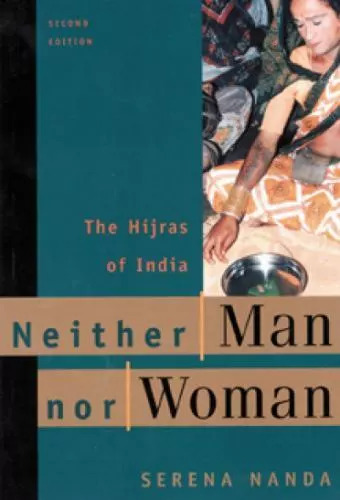
They have a complex and long history. Throughout time, and as commented on in the movie, Monkey Man, the Hijra community has faced ostracization, but also been incorporated into mainstream society there. During the time of the Dehli Sultanate and then later the Mughal Empire, Hijras actually served in the military and as military commanders in some records, they were also servants for wealthy households, manual laborers, political guardians, and it was seen as wise to put women under the protection of Hijras -- they often specifically served as the bodyguards and overseers of harems. A princess might be appointed a Hijra warrior to guard her.

But by the time of British colonialism, anti-Hijra laws began to come in place folded into laws against the many nomadic tribes of India (also shown in part in Monkey Man with Kid (portrayed by Dev Patel) and his family, who are possibly
one of those nomadic tribes that participated in early theater - sadly by caste often treated horribly and relegated to only the performing arts to make money (this is a guess based on the village play they were performing as no other details were given about his family).
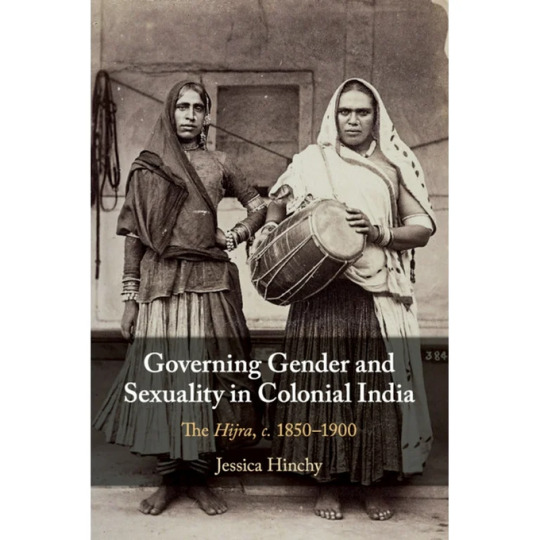
Hijras were criminalized in 1861 by the Indian Penal Code enforced by the British and were labeled specifically as "The Hijra Problem" -- leading to an anti-Hijra campaign across the subcontinent with following laws being enacted: punishing the practices of the Hijra community, and outlawing castration (something many Hijra did to themselves). Though, it should be noted many of the laws were rarely enforced by local Indian officials/officers. But, the British made a point to further the laws against them by later adding the Criminal Tribes Act in 1871, which targeted the Hijra community along with the other nomadic Indian tribes - it subjected them to registration, tracking/monitoring, stripping them of children, and their ability to sequester themselves in their nomadic lifestyle away from the British Colonial Rule.
Today, things have changed and Hijras are being seen once again in a more positive light (though not always and this is something Monkey Man balances by what's happened to the community in a few scenes, and the heroic return/scene with Dev and his warriors). All-hijra communities exist and sort of mirror the western concept of "found families" where they are safe haven/welcoming place trans folks and those identifying as intersex.
These communities also have their own secret language known as Hijra Farsi, which is loosely based on Hindi, but consists of a unique vocabulary of at least 1,000 words.
As noted above, in 2014, the trans community received more legal rights.
Specifically: In April 2014, Justice K. S. Radhakrishnan declared transgender to be the third gender in Indian law in National Legal Services Authority v. Union of India.
Hijras, Eunuchs, apart from binary gender, be treated as "third gender" for the purpose of safeguarding their rights under Part III of our Constitution and the laws made by the Parliament and the State Legislature. Transgender persons' right to decide their self-identified gender is also upheld and the Centre and State Governments are directed to grant legal recognition of their gender identity such as male, female or as third gender.
I've included some screenshots of (some, not all, and certainly not the only/definitive reads) books people can check out about SOME of the history. Not all again. This goes back ages and even our celestial beings/creatures have/do display gender non conforming ways.
There are also films that touch on Hijra history and life. But in regards to Monkey Man, which is what started this thread particularly and being asked to comment - it is a film that positively portrayed India's third sex and normalized it in its depiction. Kid the protagonist encounters a found family of Hijras at one point in the story (no spoilers for plot) and his interactions/acceptance, living with them is just normal. There's no explaining, justifying, anything to/for the audience. It simply is. And, it's a beautiful arc of the story of Kid finding himself in their care/company.
#hijra#trans representation#monkey man#dev patel#transgender#trans rights#trans rights are human rights#third sex#indian history#indian culture#colonialism#imperialism#south Asian mythos#South Asian myths#Aravan#Iravan#Mahabharata#hindu mythology#hindu gods#kali goddess#krishna#hindu mythology art#Ardhanarishvara#Shiva#Parvarti#sexuality#gender fluid#fluid sexuality#trans community#transgender rights
193 notes
·
View notes
Text


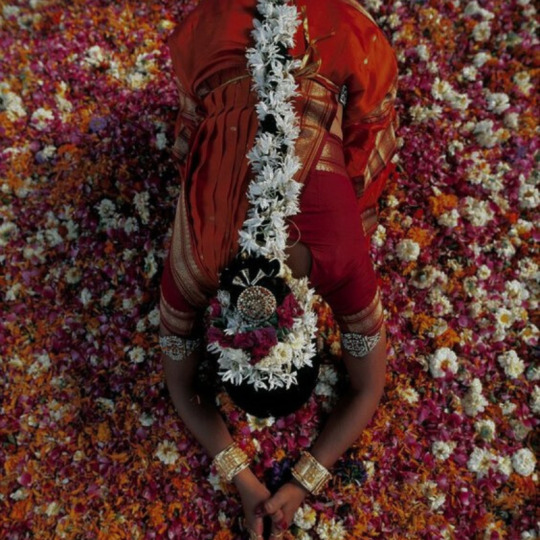


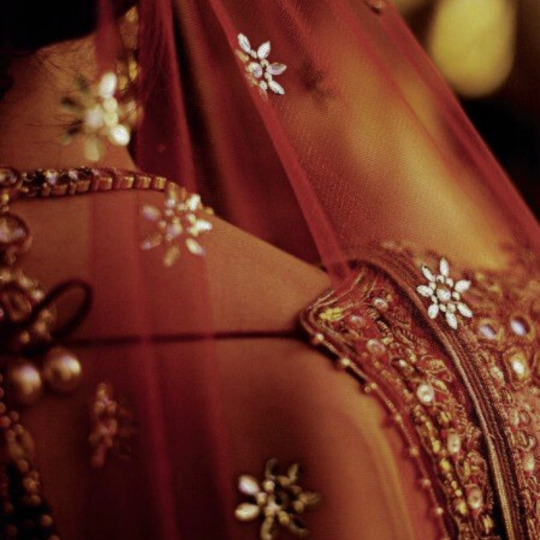

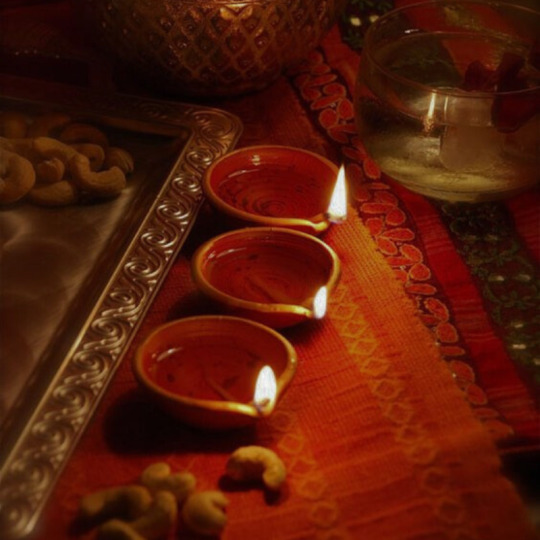

hindu mythology: kamadevi
kamadevi is the devi of love, carnal desire, lust, passion, and sexual pleasure. the hindu scriptures stress rati's beauty and sensuality. they depict her as a maiden who has the power to enchant the deva of love.
272 notes
·
View notes
Text
Hindu gods as students in school ; a modern(ish) au (because I can)
starting with
> Vishnu
• rich guy™
• very calm, the main participant in conflict resolution ✌
• always treats his friends and pays for everything
• middle bencher, not fully interested in class but also not uninterested.
> Shiva
• ANGER ISSUES
• he looks really intimidating at first but once you get to know him, he is goofy
• is usually chill until he is not 💀
• backbencher for sure
> Brahma
• topper of the class
• that respected, parent friend™
• the oldest in class
• he is rarely seen because he is always studying
• obviously a front bencher
> Rama
• class president ™
• literally the kindest, most calm guy ever seen
• helps everyone in the class with everything
• he is literally good at everything
• a front bencher
> Krishna
• troublemaker ™
• always interrupts the teacher to ask funny questions
• but really smart, always gets A+ grades
• he invented backbencher culture.
• the ultimate rizzler
> Venkateshwara
• Some guy™
• he's always there, but you probably will never notice him
• representative emoji: 🧍♂️
• he's probably just an introvert
Bonus -
> Ganesha
• he's that adorable junior everyone loves
• really loves food, so he always has snacks
• loves to sleep in class
• totally street smart 😎
#idk what im doing#desiblr#hindu mythology#hindublr#hindu mythology memes#desi memes#hindu gods#incorrect hindu mythology
448 notes
·
View notes
Text
How can you be Hindu and queerphobic?
And
How can you be queer and Hinduphobic?
#make it make sense#hinduism#hindu mythology#hindu#lgbt pride#lgbtq community#hindutva#hindublr#desiblr#desi tumblr#desi tag
275 notes
·
View notes
Text
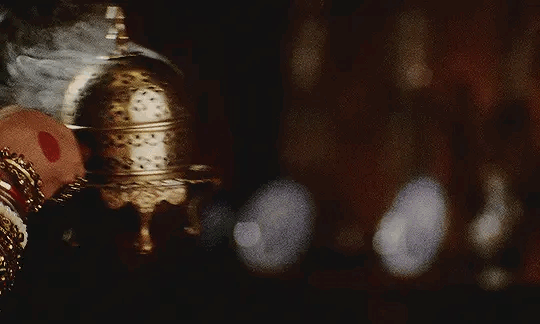
devi: the goddess within
i have often heard people refer to women as devi insisting on their divinity. but often the implications are about Sati or Sita; the ones who perform sacrifices as their earthly duties. but what if she’s not?
what if she’s a mere human with many many faults and flaws that she works on diligently? what if instead of being single dimensional, she’s kaleidoscopic? what if she’s wrathful like Chandi but also demure like Gauri? what if she’s the source of life like Aditi but also dwells in cremation grounds like Kali? what if she’s wise like Saraswati but also possesses immense beauty like Laxmi?
if you really think about it, perhaps her dharma is only to figure out her life and honor her own light. perhaps, the reason she exists is for herself but she chooses to welcome others and love them. perhaps, she is the embodiment of all the devis; but on her own terms, just how she wants to be.
#desi tumblr#desiblr#desi tag#desi aesthetic#poetry#poets corner#indian dark academia#desi culture#desi poetry#desi stuff#divine feminine#goddess#hinduism#hindublr#hindu mythology#indian poetry#indian painting#indian women#desi women#women#desi dark academia#indian writers#light acadamia aesthetic#desi light academia#indian light academia#dark academic aesthetic#love#desi moodboard#desidarkacademia
154 notes
·
View notes
Text
Devi Saraswati (modern AU)
Requested by @btw-its-tamanna ✨


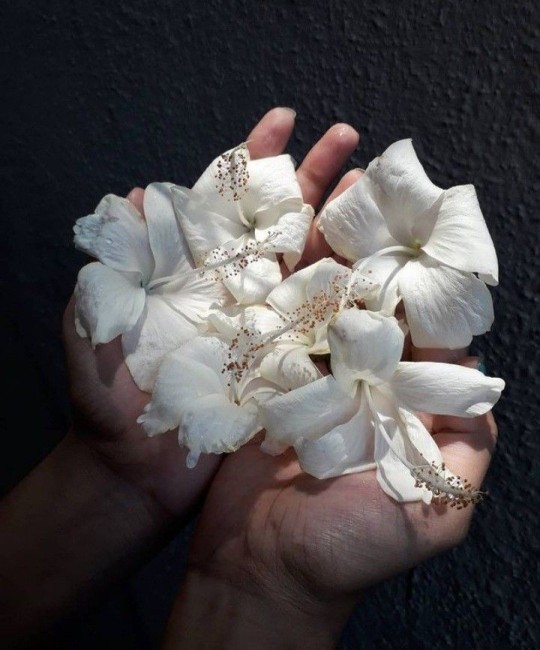

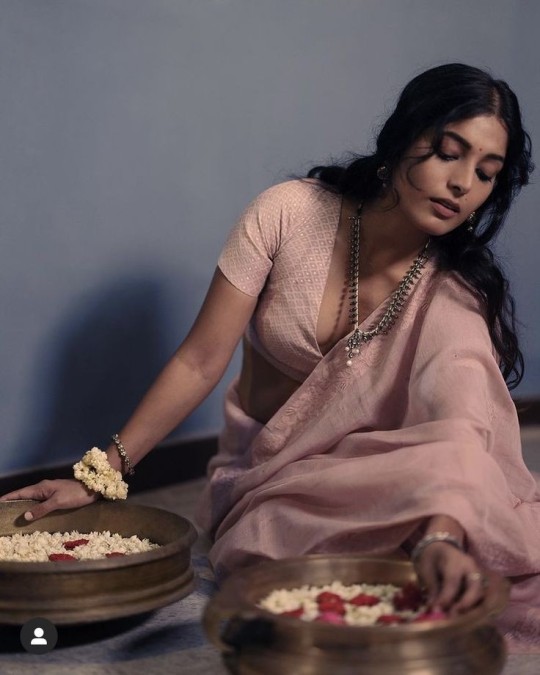

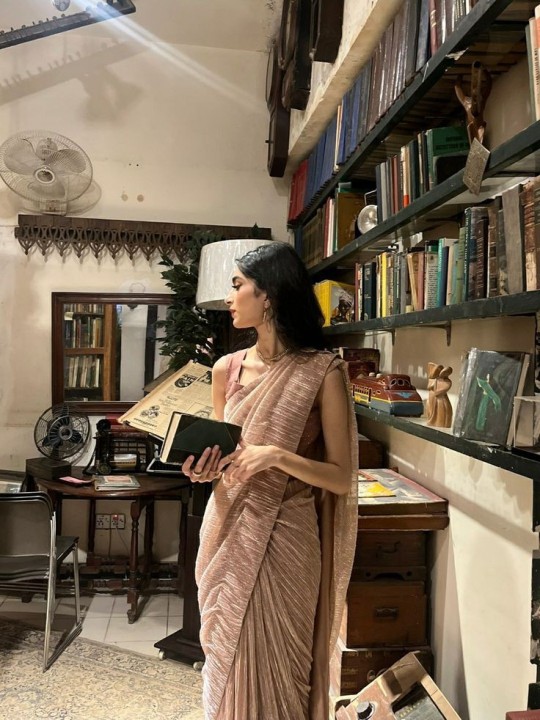
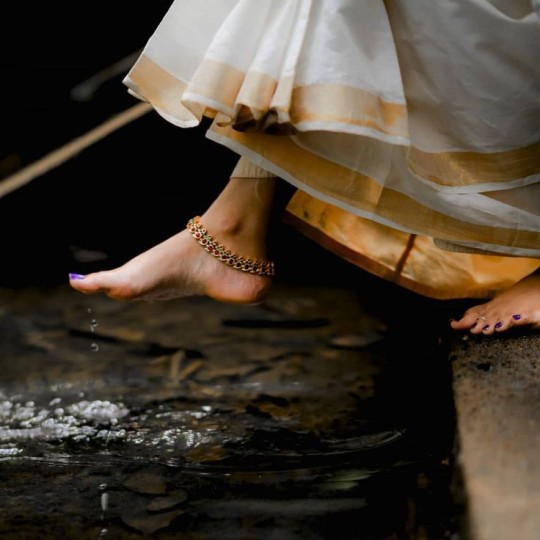

#desiblr#desi tag#desi tumblr#desi culture#desi academia#indian academia#desi aesthetic#indian aesthetic#hindu mythology#saraswati#desi mood board
297 notes
·
View notes
Text
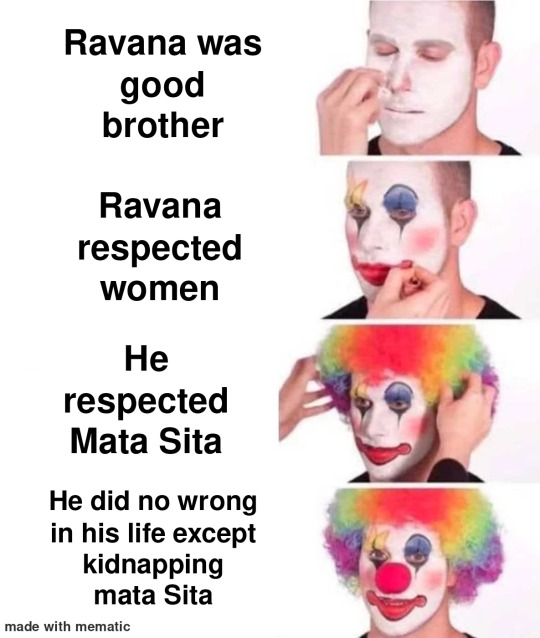
186 notes
·
View notes
Text

Vastra Haran ~ circa 1800 ~ “Gopies implore Krishna to give back the clothes he stole from them while they were bathing..” ~ artist unknown
606 notes
·
View notes
Text
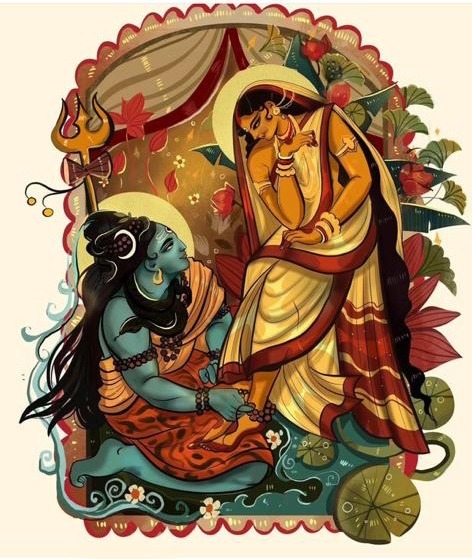
Shiva and Shakthi
#hindu#hinduism#spirituality#temple#shiva#hindu mythology#lordshiva#parvati#kailasa#krishna#sanathanadharma#har har mahadev#mahadev#lord shiva#bholeshankar#bholebaba#bholenath#mahakaal#mahakal
183 notes
·
View notes
Text
Arjun: you call yourself soul mate, but where were you when my meme had only 4 likes?
Krishna: making four accounts, bro
Arjun, tearing up: bro-
#mahabharat#mahabharata#hindu mythology#arjun#krishna#incorrect mahabharat quotes#saw this on the net somewhere#thought that krishna arjun will look good in this one#i have said before am saying again#not all of these memes are originals#some i just recycled from the net#some are from a quotes generator#but some are made by me#so dont wanna be accused of plagiarizm#thanks for coming to my ted talk
365 notes
·
View notes
Text
"God also knows the power of women's beauty"
That's why he took the avatar of Mohini to lure the monster during the Amrit Manthan." (She uses the power of seduction and her alluring charm to trick the Asuras into giving her the nectar, which she then gives to the Devas.)
Lord Vishnu takes the form of Mohini to accomplish tasks that he could not have accomplished in his original male form. Vishnu has taken the form of Mohini on several occasions.
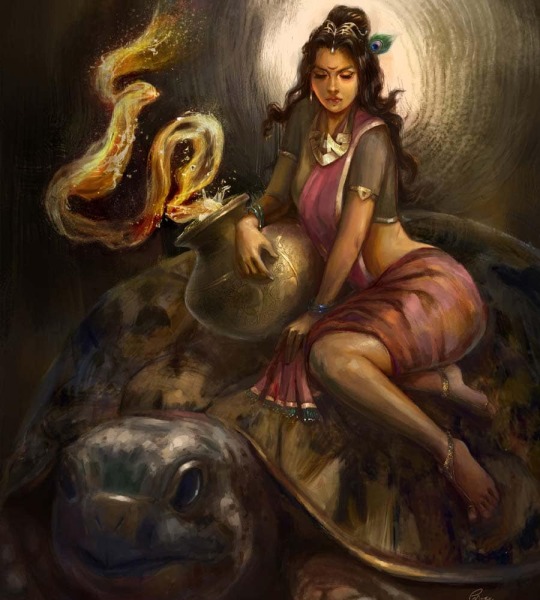
#all women are a unique definition of beauty#desiblr#desi tumblr#desi girl#being desi#desi aesthetic#desi academia#hindublr#lord vishnu#desi#indian women#hindu mythology#mohini#indian goddess#goddess of beauty#krishnablr
140 notes
·
View notes
Text

Arjun and Krishna
#desiblr#hindublr#hinduism#hindu art#hindu mythology#indian#krishna#art#mahabharat#arjun#mahabharata
169 notes
·
View notes
Text
Arjun: *clenching his fists* Fight me!
Krishna, standing behind him, sudarshan chakra in hand: *mouthes* Do not.
#ik Krisn would have prolly let the person fight Arjun#cuz Krishna knows Arjun can take him easily#but hey its just my hc#I also wanted to symbolize how Krishna as a god is always there to protect the humans (arjun#ANYWHO#mythology memes#incorrect quotes#incorrect mythology#incorrect mythology quotes#hindu mythology#desiblr#hindublr#krishnablr#krishna#krishna x arjun#lord krishna#arjuna#incorrect mahabharat quotes#mahabharat#mahabharata#the mahabharata#hinduism
244 notes
·
View notes
Text
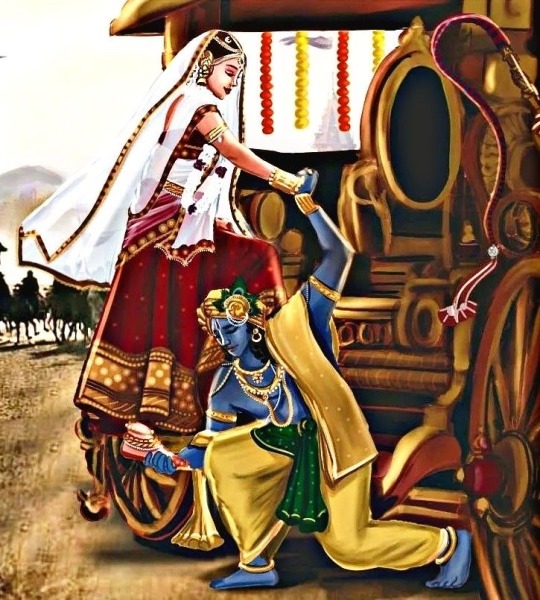
“My mind is always fixed on Rukmini, just like hers is on me. I can’t even sleep at night.” — Srimad Bhagvatam
😭😭😭💗🧿
#rukmini#krishna#mahabharat#krishn#hindu#hindu mythology#sanatan#vaidarbhimadhav#MY PARENTS#desiblr#india
194 notes
·
View notes